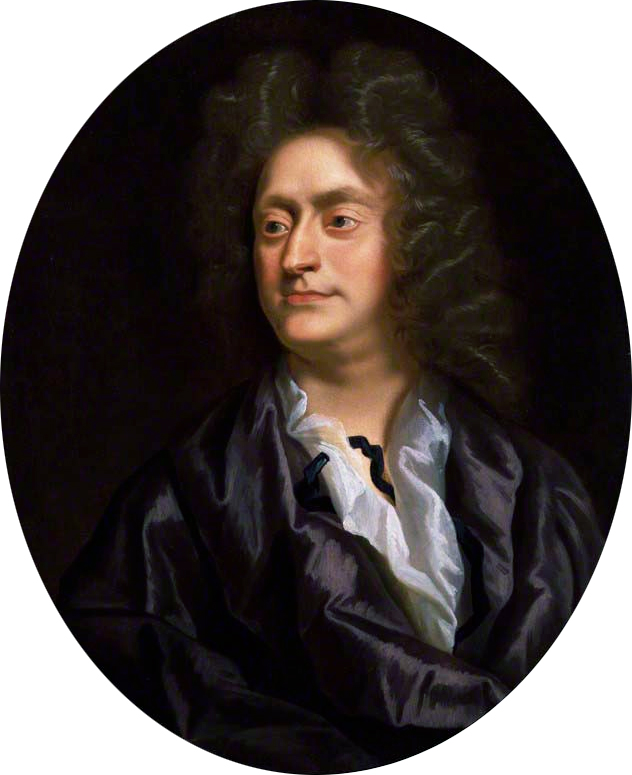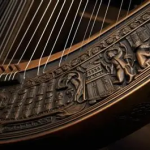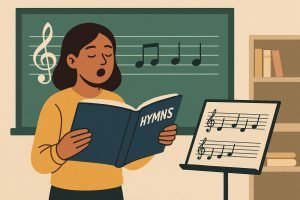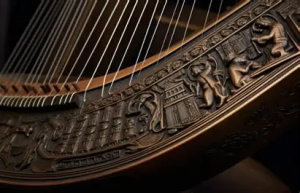
20 facts about Purcell
Henry Purcell (1659-1695)
Henry Purcell, often hailed as England’s greatest composer of the Baroque period, left an indelible mark on the world of classical music despite his short life. His music continues to captivate listeners with its intricate harmonies, expressive melodies, and distinct English character. Here are 20 interesting facts about Henry Purcell that highlight his remarkable legacy:
https://rosana.co.ke/wp-admin/post.php?post=30&action=edit
Fact 1. Early Talent: Born in 1659 in Westminster, London, Purcell displayed musical talent at a young age and was admitted as a chorister at the Chapel Royal.
Read also Purcell: 15 facts about the great composer – Classic FM
Fact 2. Royal Appointments: He served as an organist at Westminster Abbey and later as the organist of the Chapel Royal, composing music for royal occasions.
Fact 3. Family of Musicians: Purcell’s father and uncle were both musicians, influencing his early exposure to the musical world.
Fact 4. Child Prodigy: By the age of 9, he was already composing, including an ode for the King’s birthday.
Fact 5. Master of Both Sacred and Secular Music: Purcell’s compositions ranged from church music to secular vocal and instrumental pieces, showcasing his versatility.
Fact 6. Innovative Operatic Style: He is celebrated for blending English folk music traditions with the Italian and French operatic styles of his time.
Read also 5 Things You (Probably) Didn’t Know About Henry Purcell – Orchestra of the Age of Enlightenment
Fact 7. Dido and Aeneas: His only true opera, Dido and Aeneas, is regarded as a masterpiece and features the famous aria “When I am laid in earth.”
Fact 8. Music for the Stage: Purcell composed extensively for the theater, writing incidental music for over 40 plays.
Fact 9. Zadok the Priest Inspiration: His anthem “My Heart is Inditing” was written for the coronation of King James II and inspired Handel’s “Zadok the Priest.”
Fact 10. Master of Word Setting: Purcell had a unique ability to match music with English text, making his vocal works particularly emotive.
Fact 11. Innovative Harmonies: His daring use of chromaticism and harmonic progressions set him apart from his contemporaries.
Fact 12. Chapel Royal Choir Boy: As a young chorister, Purcell sang at royal occasions, gaining first-hand experience with grand musical productions.
Fact13. Patriotic Composer: He composed several odes celebrating King William III and Queen Mary II.
Fact 14. Incorporating Dance: Purcell frequently used dance forms like the chaconne and hornpipe, giving his music a lively character.
Fact 15. Latin and English Anthems: His church music often combined Latin texts with English, reflecting the cultural fusion of his time.
Fact 16. A Musical Memorial: After his death in 1695, Purcell was buried adjacent to the organ at Westminster Abbey, where he had played for years.
Fact 17. Posthumous Fame: His music remained popular after his death, influencing composers like Handel and Britten.
Fact 18. Patronage from Nobility: Purcell’s talents attracted the patronage of some of the most influential figures of his time.
Fact 19. Symbol of English Music: He is often considered the epitome of English Baroque music, celebrating the nation’s musical heritage.
Fact 20. Lasting Legacy: Composers and musicians today continue to be inspired by his works, and his influence on English music remains undeniable.
Why is he called master of Baroque music?

Ironically, music for Queen Mary II’s funeral composed by Purcell, was performed at his own funeral just a few months later
Henry Purcell is often called the “Master of Baroque Music” because of his exceptional ability to blend various musical styles of the Baroque period while maintaining a distinctively English sound. Here are a few reasons why he earned this title:
1. Versatility: Purcell composed across a wide range of genres, from sacred music and operas to instrumental pieces and theater music.
2. Innovative Harmonies: His use of chromaticism and complex harmonic progressions was advanced for his time, showcasing his mastery of the Baroque style.
3. Expressive Text Setting: He was known for his ability to match the emotional weight of English texts with intricate and moving melodies, a hallmark of Baroque vocal music.
4. Royal and Sacred Influence: As the organist of Westminster Abbey and the Chapel Royal, his compositions were often tied to significant national and royal events, reinforcing his status as a preeminent composer.
5. Blending International Styles: He seamlessly integrated elements from French and Italian Baroque music with English traditions, creating a unique and influential style. His works like Dido and Aeneas and Music for the Funeral of Queen Mary exemplify the emotional depth and musical sophistication that define the Baroque era.
Henry Purcell’s genius lies not just in his technical skill but in his profound ability to express human emotion through music. Whether in sacred anthems or lively theater pieces, his works stand as timeless tributes to the beauty of the Baroque era. As we continue to celebrate his music, Purcell’s legacy reminds us of the enduring power of artistry and innovation.






More Stories
How Hymns Contribute to the Development of Aural Skills: A Guide for Kenyan Senior School Music Students
Why Music Played During Sleep Becomes Part of Our Dreams
The Evolution of Western Music: From Ancient Chant to Modern Sound